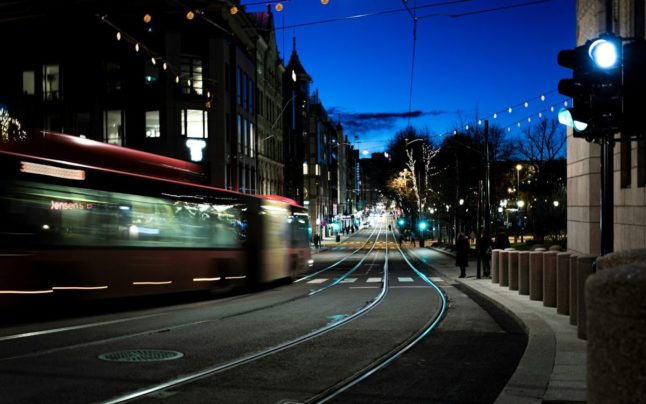Travel on ferries with less than 100,000 passengers annually will become completely free from July 1st, public broadcaster NRK reports.
The government pledged to make all ferry connections with less than 100,000 passengers free of charge when it was formed last October to try and make transport easier for rural and coastal communities and boost tourism.
The government is set to put aside 39 million kroner from the revised national budget to fund the scheme. The refreshed budget will be presented later this week.
“The ferry tickets are very expensive, and this is a concrete contribution that will make it easier for industry and permanent residents (along the coast),” Trygve Slagsvold Vedum, Minister of Finance, told newswire NTB.
Under the new scheme, as many as 39 routes across Norway could become completely free of charge, according to data on passenger numbers from The Ferry Database (Ferjedatabanken).
The database’s numbers are from 2019, as this was the last year that the pandemic didn’t disrupt travel.
Vedum added that government still has its sights set on reducing ferry prices by 50 percent by 2025.
The scheme where connections with low passenger numbers are made entirely free is likely to cost the government around 165 million kroner per year, the finance ministry informed NTB.



 Please whitelist us to continue reading.
Please whitelist us to continue reading.
Member comments